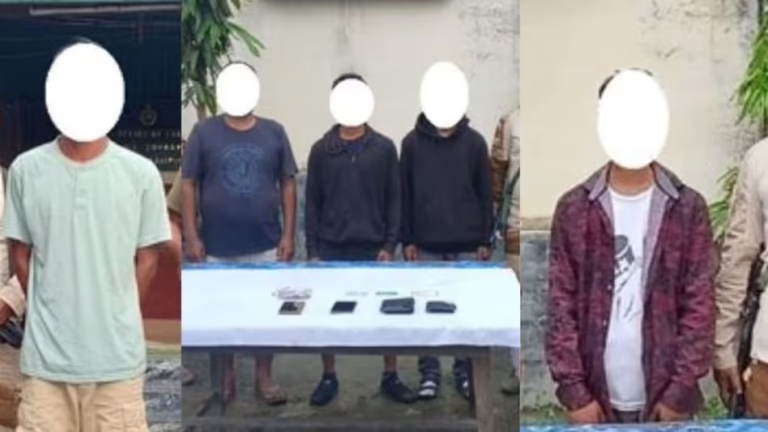Manipur Violence: Fresh Clashes and Fatalities in Jiribam
Summary
A recent outbreak of violence in Jiribam district, Manipur, led to the death of a woman and the destruction of property. Suspected Kuki militants reportedly launched attacks on Mongbung Meitei village, setting houses ablaze. This resurgence of conflict reflects ongoing tension in the region, despite recent peace talks among local communities.
Full Article
Understanding the Crisis: Why is Manipur in Turmoil?
The violence in Manipur, particularly in the Jiribam district, is a complex and tragic story rooted in long-standing ethnic, social, and political tensions. For years, Manipur has witnessed strife primarily between the Kuki and Meitei communities, both claiming historical, social, and political stakes in the region. While peace accords and talks aim to resolve the issues, ongoing sporadic violence, as seen recently, has prevented true peace from taking root.
Timeline of the Recent Clashes
The most recent escalation began late at night when suspected Kuki militants reportedly attacked Mongbung Meitei village. Here’s a look at the key moments in this tragedy:
- Attack and Casualties
The incident began around 9 pm, with indiscriminate gunfire that continued for over an hour. Amidst the exchange, a woman, Zosangkim, tragically lost her life, and several houses caught fire. Zosangkim’s death has further fueled calls for increased security and intervention in the district. - Continued Tensions Despite Peace Efforts
The situation in Jiribam has remained volatile. Recent attempts at dialogue have been met with violence soon after agreements were reached, underscoring the difficulty in achieving sustainable peace.
The Larger Ethnic Conflict
The violence is not an isolated event but part of a broader ethnic tension that has plagued Manipur for years. The Kuki and Meitei groups have clashed over land, political representation, and historical grievances, leading to ongoing conflict in regions like Jiribam.
Government and Community Responses
Community and government responses to the violence have been mixed, often constrained by local loyalties and competing interests. Peace efforts involving various ethnic groups have shown promise, but the lack of a sustained peacekeeping force and the distrust among communities continue to challenge stability in the area.
Implications and the Path Forward
Moving forward, there’s a critical need for reinforced, unbiased peacekeeping efforts in Jiribam and other sensitive areas. With community leaders willing to engage in dialogue, there’s potential for reconciliation, but it will require substantial political will and community support.
FAQs
- What are the primary causes of the violence in Manipur?
- The conflict is largely rooted in ethnic and territorial disputes between the Kuki and Meitei communities.
- Has the government taken steps to resolve the issues?
- Peace talks and community meetings have been initiated, but intermittent violence still disrupts the peace process.
- How has the recent violence affected the local community?
- The recent clashes have led to the displacement of residents, loss of lives, and significant property damage.
- What measures can be taken to prevent future incidents?
- Increased security presence, unbiased mediation, and community-driven peace initiatives could help.
- Is there a chance of lasting peace in Jiribam?
- Peace is possible if both communities and authorities maintain consistent dialogue and security efforts.


